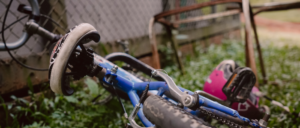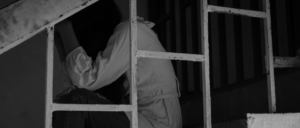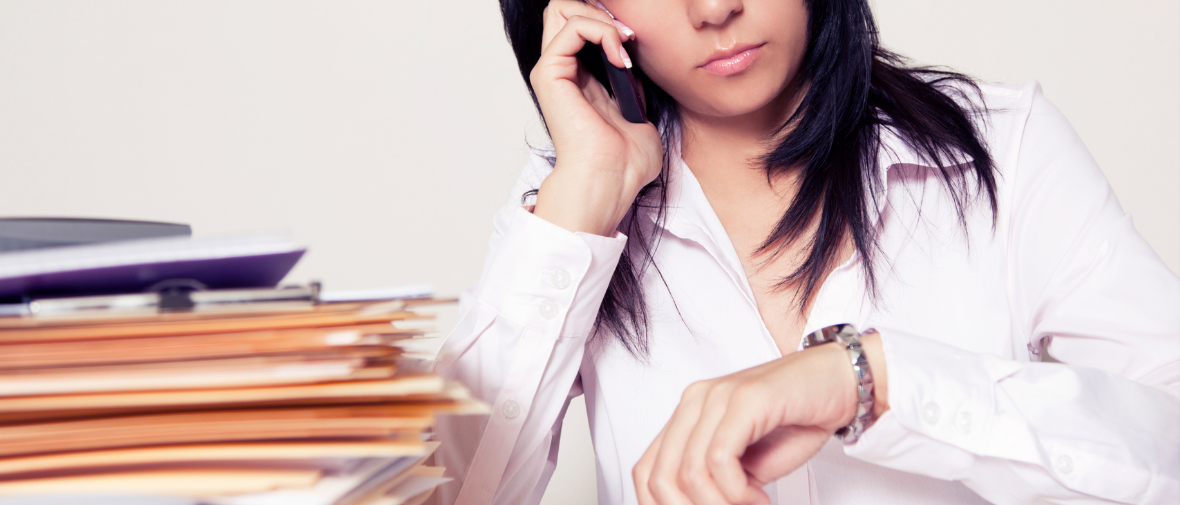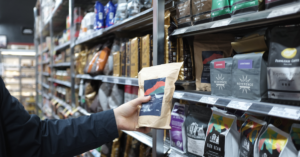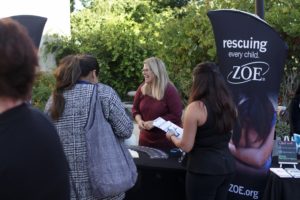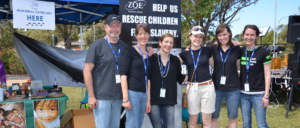-5 ways Christmas giving can be different this year-
Recently, during one of our online updates, we learnt that Australians were expected to spend around $18 billion on Christmas shopping. We also discovered that there would be about $1 billion in unwanted gifts given. That’s like - approximately 7.3 million Australians receiving gifts that they will never use, or wear, this Christmas! (The Australia Institute, 2019)
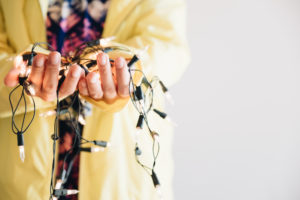
I don’t know about you but for our team at ZOE, the driver to become more conscious consumers is to prevent, and end, child labour in industries like the clothing/garment industry, makeup, agriculture (food, coffee), homewares and electrical goods. But we also feel that the environmental and health factors are huge drivers for change too.
In our last blog post, Reconciling Our Consumer Habits in the light of Child Labour, we wrote that Australians are connected to the issue of child labour through the products that they consume. “When we want our products to be free of child labour, but don’t take any consumer action, we tell our suppliers that as long as it is accessible and affordable, we will buy it.”
Or as Albert Einstein once said, “The world is a dangerous place, not because of those who do evil, but because of those who look on and do nothing.”
So how do we develop a more conscious attitude this Christmas in light of what we know about child labour, the waste factor, our budgets, and the expectations of our families and friends? And how do we give a gift that will be treasured rather than wasted? It feels like a lot to juggle all those things!
As we mentioned in the last blog, there are tools available to assist us. There are ethical shopping apps such as ‘Good on You,’ ‘End Poverty,’ ‘Sweat and Toil’ and ‘Shop Ethical’ available for download. But there are other creative alternatives to curb our shopping habits too such as buying less, buying second-hand, reusing existing Christmas decorations rather than buying new ones, and considering what the people we’re giving to already have.
This quote speaks volumes to this topic, “This is not about being a Grinch, canceling Christmas or trying to pass a minimalist purity test. It’s about breaking out of a consumer mind-set that demands we constantly buy things — things that we then must care for and eventually dispose of.” (Annaliese Griffin, How to Buy Nothing New This Holiday Gifting Season, The New York Times, Nov. 7, 2021)
Using an online audience interaction platform at our last online update, we asked participants to contribute some of their creative ideas to be more conscious as we all step into the Christmas season. We’re hoping that these suggestions will help equip you with some fresh ways to be more conscious as you plan your Christmas giving this year. And as ACRATH reminds us it’s about, “Placing the person at the centre of our Christmas shopping” because it is our actions and spending that impacts workers all around the world.
Idea #1
Make it a challenge*. Just like Annaliese Griffin says in, ‘How to Buy Nothing New This Holiday Gifting Season’, “Every year my husband and I set a holiday challenge for each other: Find a gift at the local thrift store, something delightful that is a reflection of our individual aesthetics or obsessions.”

*And how about trying not to buy any new wrapping paper this year either. Reuse wrapping paper and cards, and get creative using fabric or other materials to wrap gifts.
Idea #2
Buy a plant, or something ‘living’. For people who love nature, gardening and flowers, there are Australian businesses that help to sustain people, land and culture through the propagation of native plants.
Idea #3
Support 100% Australian owned businesses. Find out about buying from local producers. Share with your family when you find ethical brands that have positive social impact.
Idea #4
Give a voucher (to cook a meal, babysit, mow the lawn, garden make-over, Op-shop voucher
etc.) Or make a home-made/ handmade gift.
Idea #5
Give an experience (movie vouchers, day outing, restaurant, theatre tickets etc.) Or make a donation on behalf of a person to a cause you know they support.
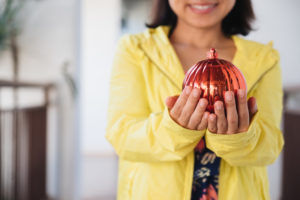
It may take a little more effort on our behalf to get started, but when we truly care about the people who make our gifts - and the ones who we’re gifting them to - then it’s totally worth it.
Remember that this is a journey. Developing a more conscious attitude towards purchasing at Christmas takes us from a place of ‘not knowing’ anything about what we’re buying, where it comes from, or who made it … and moves us towards ‘good’, ‘better’ and then ‘best’ choices.
Let’s accept that it’s not about getting it ‘right’ or ‘wrong’, but more about using our awareness, and the information available, to make the most informed decisions we can - knowing that no one has all the answers on this topic to tell us exactly what we should do.
If you’re interested in learning more about becoming a conscious consumer, keep a lookout for our NEW upcoming course in 2022!

